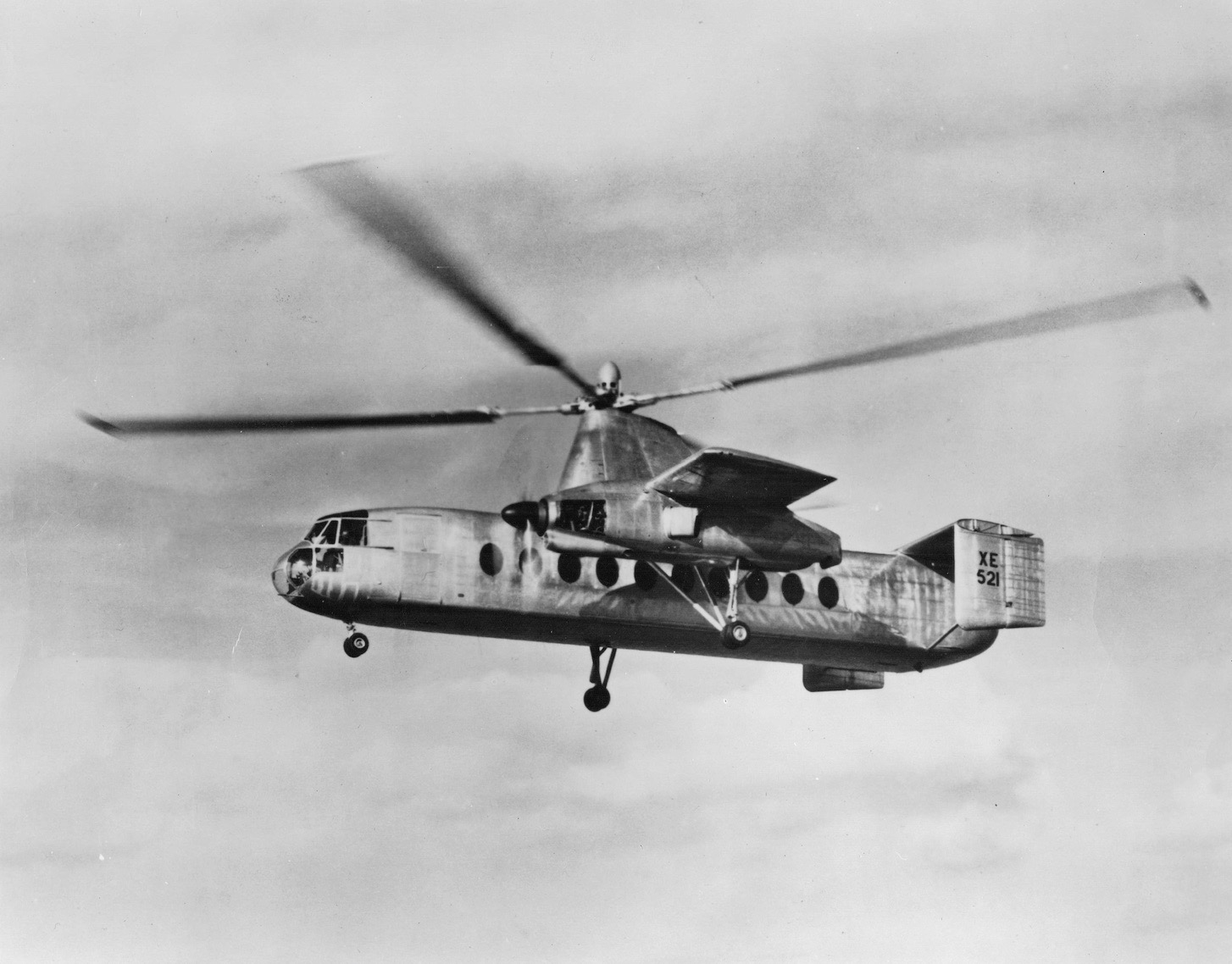
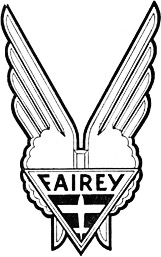
The Fairey Rotodyne was a unique aircraft. Like a helicopter, it was capable of hovering and low-speed translating flight. The main rotor had both cyclic and collective pitch and provided roll and pitch control. Unlike a helicopter, though, thrust for forward flight was provided by two turboprop engines. Varying the propellers’ pitch provided yaw control for the aircraft until about 80 knots, when the twin rudders were sufficiently effective. As the Rotodyne accelerated in forward flight, the stub wing provided increasing lift and at about 60 knots, the main rotor tip jets were turned off. The main rotor continued to turn in autorotation, as in a gyrocopter.
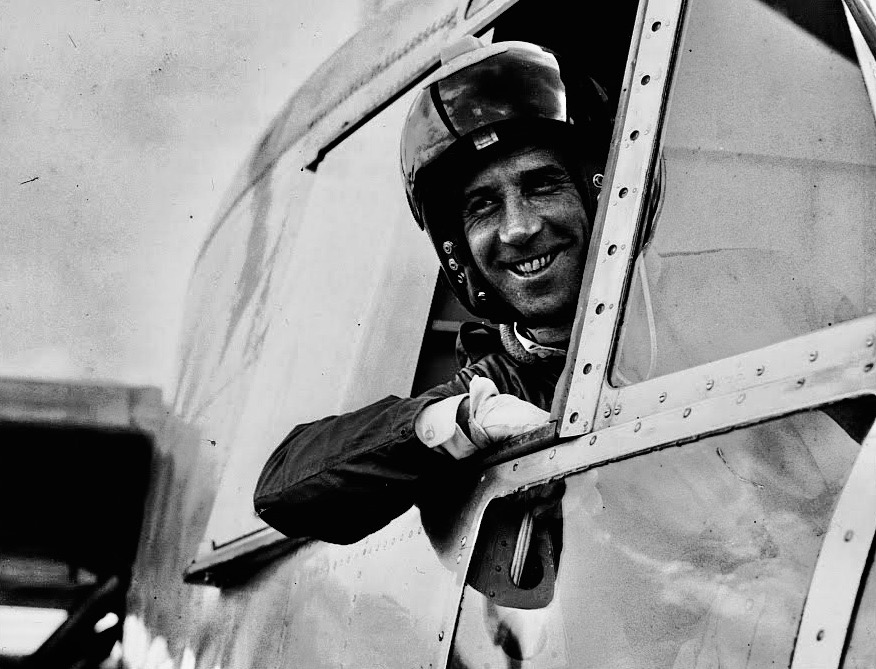
Flight controls were similar to those of a helicopter, with a cyclic stick and collective lever with a twist throttle. The pedals, though, rather than controlling a tail rotor, varied the propeller blades’ pitch and rudder angle. The elevators were controlled by electric trim motors.
The Rotodyne’s four-blade main rotor used symmetrical airfoils. It was 90 feet (27.432 meters) in diameter and the blade tip speed was 720 feet per second (219.5 meters per second). The blades had a chord of 2 feet, 3 inches (0.686 meters). The rotor blades were built of steel for strength, fatigue life and resistance to corrosion. The leading edge spar was machined from a 35 foot rolled steel billet and the rear spar was fabricated of layered stainless steel. The airfoil is shaped by pierced stainless steel ribs. The steel skin was a single sheet, joined at the trailing edge.
The wing span was 46 feet, 6 inches (14.173 meters). The engines and main landing gear were carried in long nacelles mounted under the wing.
The Rotodyne’s fuselage was 58 feet, 8 inches (17.812 meters) long. The cabin has a length of 46 feet (14.021 meters) and is 8 feet (2.438 meters) wide and 6 feet (1.829 meters) high, providing space for 40 passengers or up to 9,000 pounds (4,082.3 kilograms of cargo. Clamshell doors at the aft end provided for cargo loading. Overall height of the aircraft was 22 feet, 2 inches (6.756 meters).
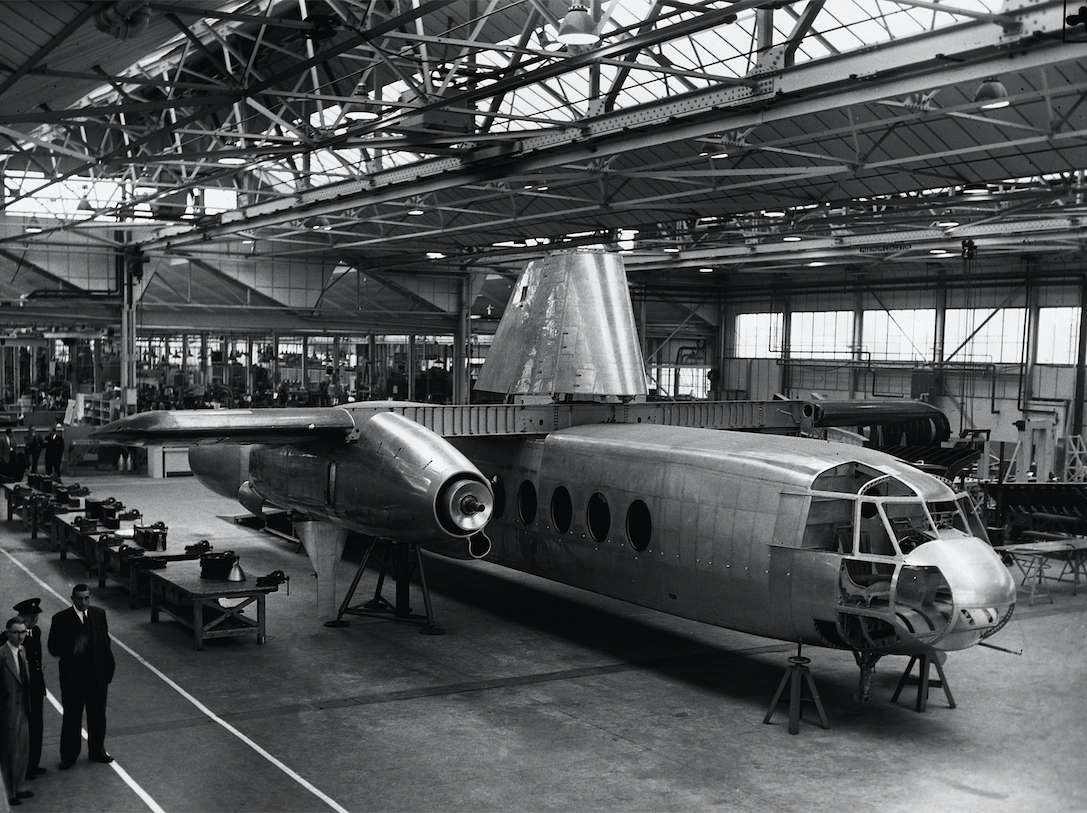

The prototype had an empty weight of 24,030 pounds (10,899.9 kilograms)
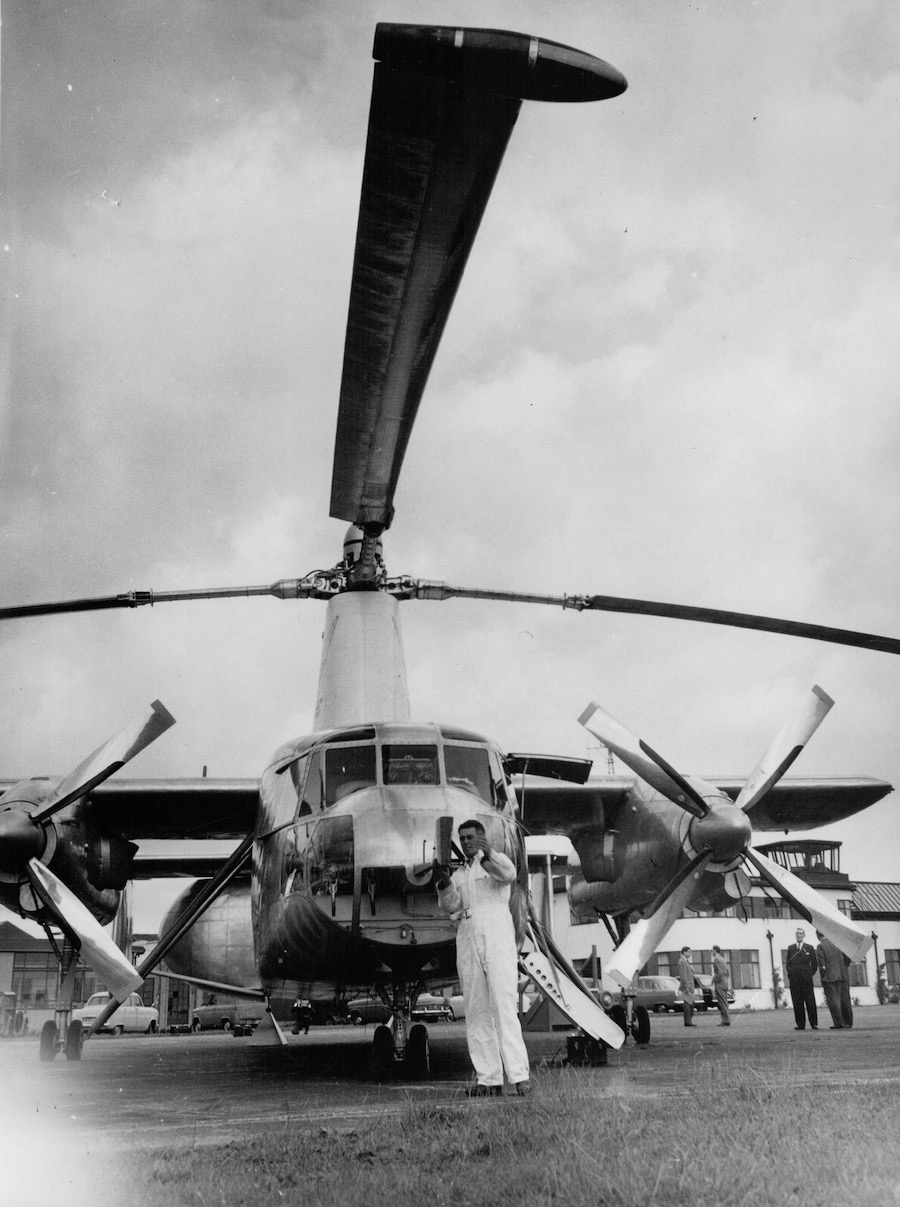
© 2020 Bryan R. Swopes
This article carries a wide spectrum of information from the basics of “what is an autogyro”, then to the unique rotor tip jet system, and the typically extensive test work by the Fairey Rotodyne designers. Equally well presented is the logistics of module assembly at the various manufacturing sites, and bringing together for test-flight. The transition from helicopter to autogyro and back was well explained and with suitable movie shots of flight relevant to the explanation. Probably sufficient info was given about the pure fixed-wing aspect of flight, but the only lacking was failure to mention that the craft does not have ailerons. It is presumed that the bank is by the rotor-head.
Abandoned because it was said to be too noisy for regional airport operation. Very sad, its military potential was obvious, it probably still is. As capable as an Osprey, perhaps? Lost opportunity.